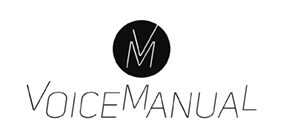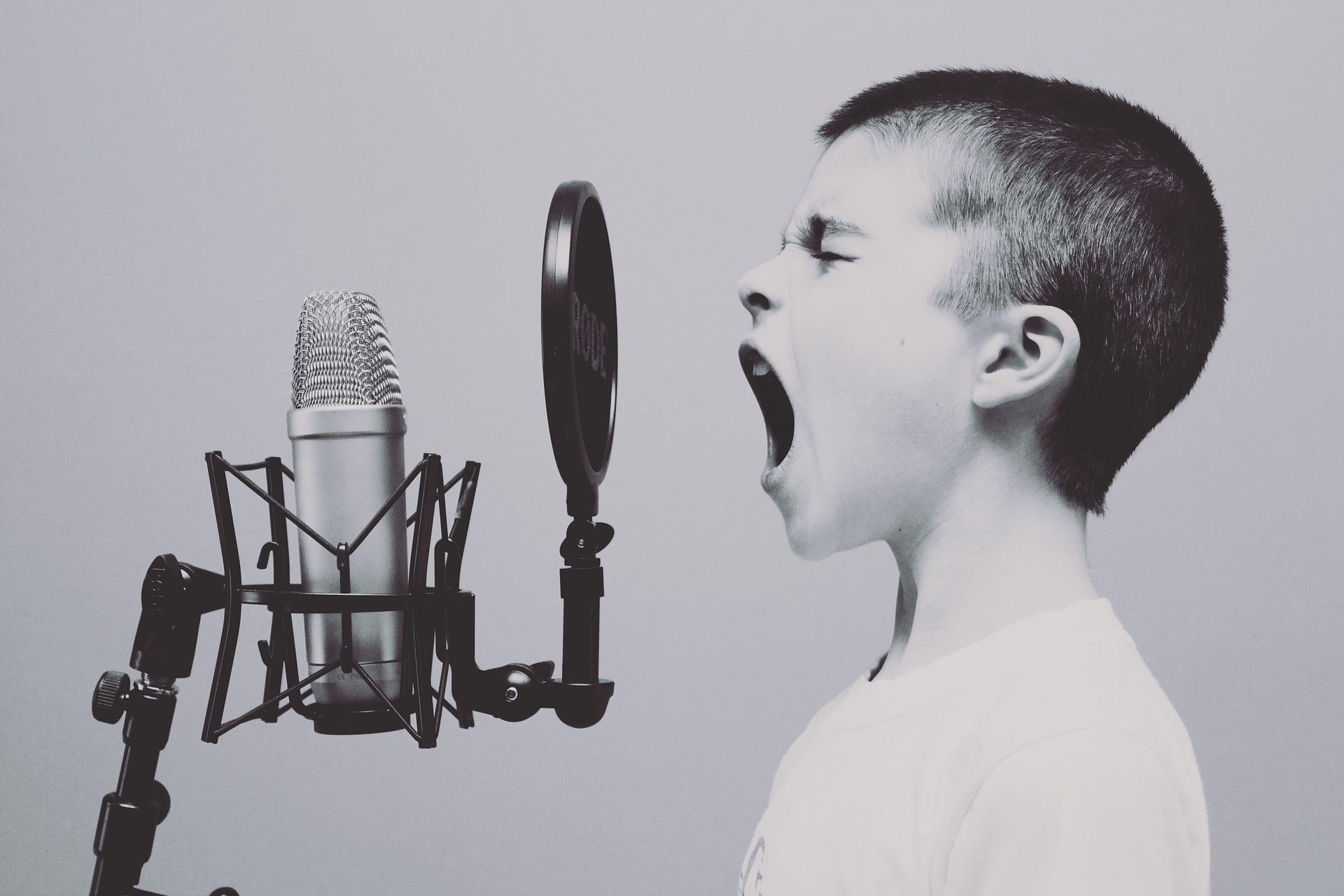Voice production system is complex and constantly changing. It needs collaboration of several muscles – not only in the larynx but also within the whole respiratory system. Describing the voice production is not simple. Therefore singing teachers and voice professionals use different models to explain the occuring changes in the voice and different functions. The oldest and the most used model in the voice training is called a register model.
The Register Model
In voice pedagogy the term vocal register is used to describe
- a part of the vocal range (low, mid, high)
- certain type of the sound of the voice
- the vibratory pattern of the vocal folds
- how a singer feels the tone (where it resonates)
or a combination of those. Therefore the definition of the vocal register may change from one singing teacher to another.
The number of registers vary from one to several. In singing training the two most used are the chest voice (or modal register) that describes the lower vocal range (resonates in the chest) and the head voice to describe the higher range (resonates more in the head). Vocal breaks happen when the register changes. The area in which the change of the register happens is called passaggio (or bridge) especially in classical singing.

Registers & Vocal Range
Register model can be very helpful in understanding the differences of vocal ranges and in learning to move between them. Often the goal is to equalize the sound throughout the whole range so that it feels like one even register. This is achieved by ”mixing” the chest and head voices into a middle register (or mixed voice).
Registers & Voice Quality
Chest and head voices are also about the voice quality. Sometimes it is favoured to take the chest-voice-like sound to the upper range as well (changes within the vocal tract, the larynx and the body activity are needed) or to bring the head-voice-like sound to the lower range. Some music styles like yodeling or pygmi singing base on the abrubt change of the registers.


6 thoughts on “Chest Voice – Head Voice: What Are Vocal Registers?”